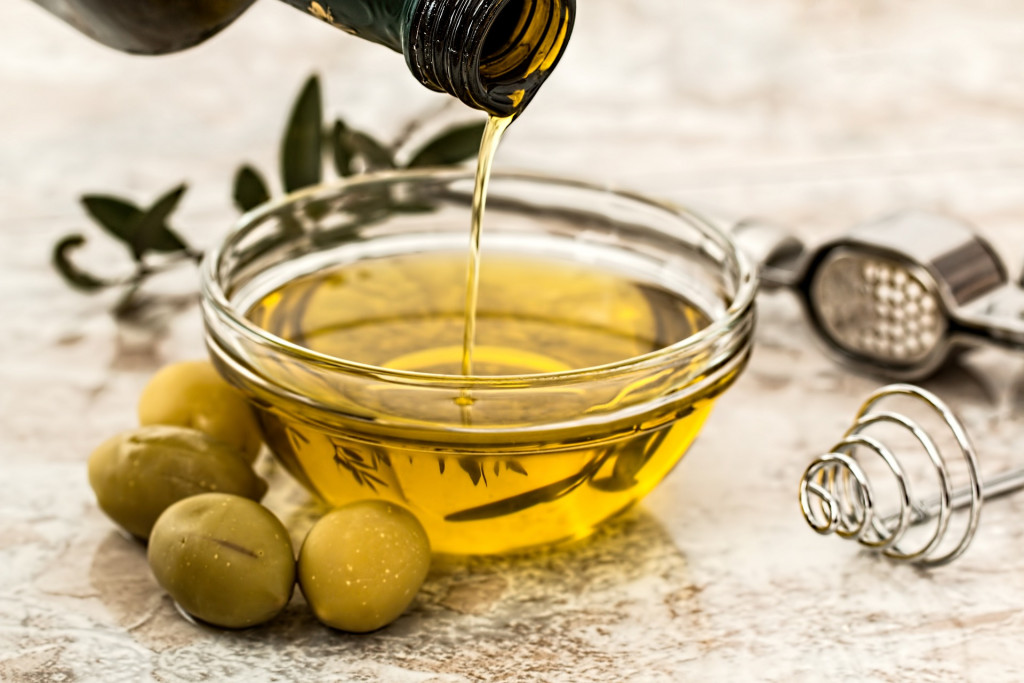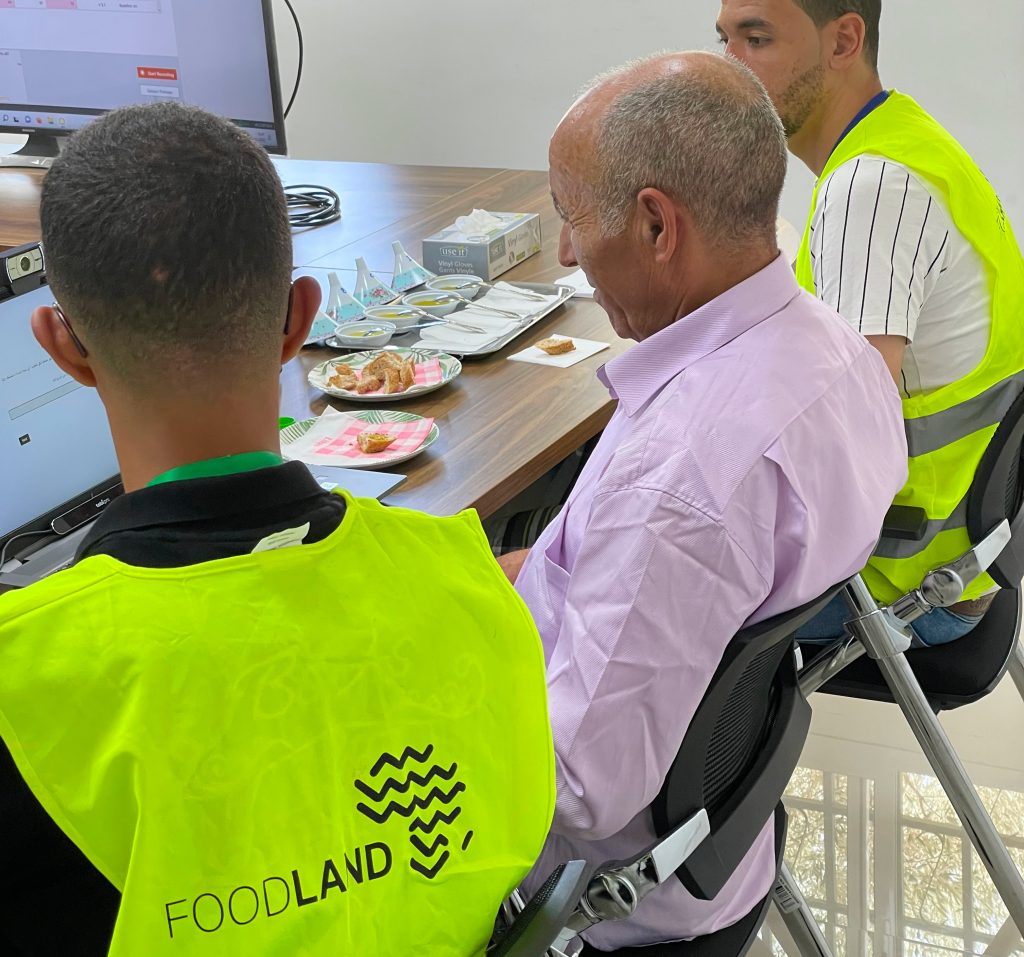FoodLAND develops a protocol to study consumers’ decision-making factors when choosing which olive oil to purchase

A group of research partners of FoodLAND have been testing and measuring consumers’ conscious and non-conscious decision processes through biometric tools when deciding how it will influence the willingness to pay for a particular food product, in this case, olive oil. Conscious factors are values and preferences built up over time and are characteristic of a person, whereas non-conscious factors are related to emotions and bodily reactions at a specific moment.
The perceived quality is influenced by the way consumers see and interpret product information. The personal experience comes on hand when tasting the food, and there might be a mismatch between the sensory perception of a product and the quality claimed through the label. Marketing of olive oil faces this challenge, as information about healthiness might not align with the taste experience: healthier olive oils contain a higher quantity of polyphenols, which results in a bitterer taste and a more pungent mouthfeel sensation. In situations with cognitive dissonance, the consumer justifies the final decision in a way that involves more cognitive and emotional load
Differently from the taste, information about health and place of production is given through the printed label on the product packaging, but people’s information search is influenced and might be interrupted and influenced by competing types of visual stimuli, which, at the same time, leave very little memory in the consumer’s mind. In other words, people will not be able to justify how these non-conscious processes might have influenced the evaluation and final decision towards the product.
The study was conducted in Meknes, Morocco, and Sousse, Tunisia, with 438 participants. Incentivized lab studies were carried out to ensure that participants were motivated and fully committed to the tasks they were asked to perform, thus revealing their real preferences. Taking the behavioural economics approach, researchers tracked participants’ cognitive and emotional reactions, which in this case were the taste of four different olive oils, general health information about olive oil (including the relation between the polyphenol content and the healthiness), and information about where each specific olive oil was produced. Participants were asked to indicate their willingness to pay for each olive oil. During the study, researchers tracked consumers’ facial and eye movements to measure consumers’ emotional and spontaneous reactions in a non-intrusive way.
The results show that health-related information increases the willingness to pay for pungent/bitter olive oils relative to non-pungent ones. These findings suggest that clear and concise information can help to increase the consumption of healthier olive oil. Further data shows that information and well-designed packaging can be used by local producers to promote their brands at a relatively high price.
